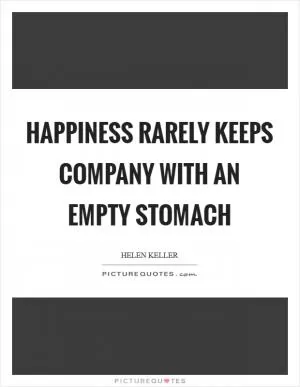The heresy of one age becomes the orthodoxy of the next

The heresy of one age becomes the orthodoxy of the next
Helen Keller is a prime example of how the heresy of one age can become the orthodoxy of the next. Keller was born in 1880 and became deaf and blind at a very young age due to an illness. At that time, the prevailing belief was that individuals with disabilities, especially those who were both deaf and blind, were incapable of learning or achieving anything significant in life. This belief was so deeply ingrained in society that it was considered heretical to suggest otherwise.However, Keller's teacher, Anne Sullivan, refused to accept this prevailing belief and instead worked tirelessly to teach Keller how to communicate and learn. Through Sullivan's innovative methods, Keller was able to overcome her disabilities and went on to become a renowned author, activist, and lecturer. Keller's incredible achievements challenged the prevailing orthodoxy of her time and proved that individuals with disabilities are capable of achieving great things.
Over time, Keller's story became widely known and accepted, and the belief that individuals with disabilities are capable of learning and achieving has become the orthodoxy of today. Keller's life and accomplishments have inspired countless individuals with disabilities to pursue their dreams and break down barriers that once seemed insurmountable.
The transformation of Keller's story from heresy to orthodoxy serves as a powerful reminder of the importance of challenging prevailing beliefs and pushing boundaries. It shows that what may seem impossible or heretical in one age can become the norm in the next with determination, perseverance, and a willingness to think outside the box.












 Friendship Quotes
Friendship Quotes Love Quotes
Love Quotes Life Quotes
Life Quotes Funny Quotes
Funny Quotes Motivational Quotes
Motivational Quotes Inspirational Quotes
Inspirational Quotes